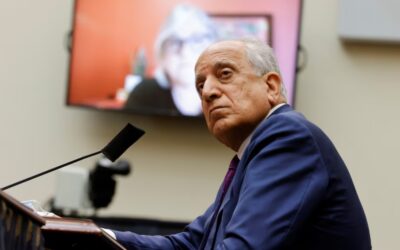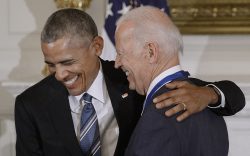
U.S. Troop Withdrawal From Afghanistan: What Are Biden’s Options?
10 February 2021
There are currently 2,500 U.S. troops in Afghanistan, along with 6,346 U.S. contractors [PDF]. U.S. force levels peaked at 100,000 in 2011. Under a withdrawal agreement [PDF] signed by the Donald J. Trump administration and the Taliban in February 2020, there should be no U.S. troops left in Afghanistan by May 1.
Some of the remaining U.S. troops conduct Special Operations missions with Afghan partner forces against international terrorist organizations including al-Qaeda and the self-proclaimed Islamic State. The rest train, advise, and assist Afghan security forces as part of the North Atlantic Treaty Organization’s (NATO) Operation Resolute Support. For the first time ever, there are more allied troops in Afghanistan (about eight thousand) than U.S. forces there. While small in number, U.S. personnel still provide important functions, including intelligence and air support for Afghan forces. The United States also provides Afghanistan with a critical $4.8 billion in assistance per year, which funds 80 percent [PDF] of the Afghan government’s security expenditures.
What has the Joe Biden administration said about the May deadline?
On January 28, Pentagon spokesperson John Kirby said that “the Taliban have not met their commitments,” casting doubt on whether U.S. forces will exit by May 1. No final decision has been made.
According to the U.S.-Taliban agreement, a complete U.S. withdrawal is conditional on the Taliban’s break with international terrorist organizations, such as al-Qaeda, and on its prevention of activities on Afghan soil that “threaten the security of the United States and its allies.” The Afghanistan Study Group, a blue-ribbon panel appointed by the U.S. Institute of Peace, said in a new report that the Taliban also promised U.S. negotiators that it would not attack “international forces, large Afghan cities, and some other targets.”
However, the Taliban has not disavowed al-Qaeda; indeed, the United Nations reports that relations between the two are as close as ever. And although the Taliban has refrained from attacking U.S. forces, it has escalated attacks against Afghan security forces and civilians.
What are President Biden’s options?
there is not post in layout 2

Regional Discussions on Afghanistan Intensify Ahead of Doha Summit
As the Doha meeting nears, special envoys from various nations,...















